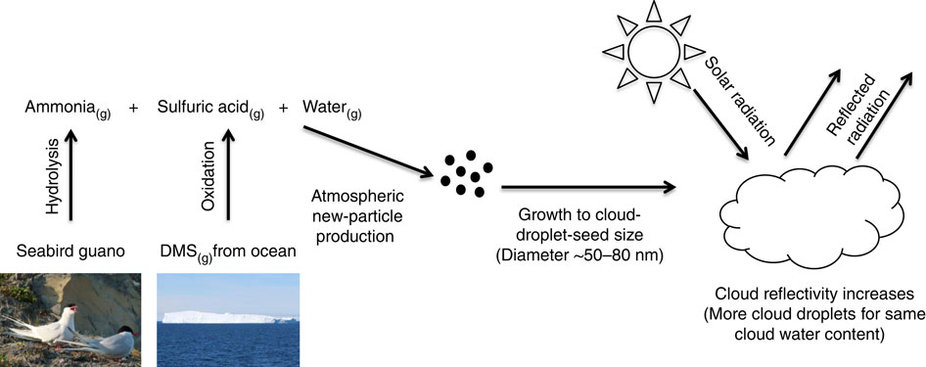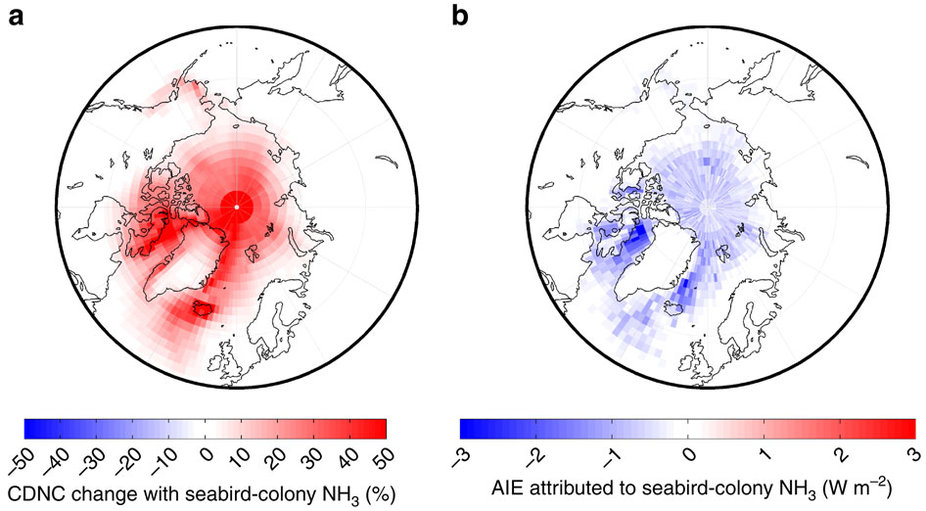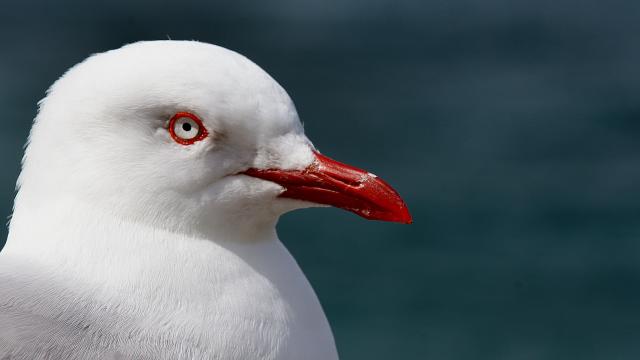Seabird poop: Good for ruining your picnic at the beach, and apparently good for keeping the Arctic cool, too. But if the birds want to stop their summertime home from melting away, they’re going to have to start taking laxatives.
Image: Bernard Sprag/Flickr CC
An intriguing new study in Nature Communications describes the hidden wonders of seabird poop, a miracle substance that can seed clouds and keep the sun’s harsh rays at bay. It all started when a Dalhousie University-led team of atmospheric scientists measured high concentrations of ammonia in the air surrounding the Canadian Arctic. Their journey of discovery led the researchers to seabirds, which every summer flock to the Arctic by the tens of millions to eat, breed and defecate.
By modelling the behaviour of chemicals in the guano droppings found at seabird colonies, the researchers determined that bacterial digestion of bird crap is responsible for the ammonia spikes. And they learned something else: Once in the atmosphere, that ammonia interacts with sulfuric acid derived from seawater, and water vapour, to form small particles. These particles, in turn, can help seed clouds.

How a poop cloud can form. Image: Croft et al. 2016
According to the new study, these summertime bird poop clouds may help to keep the Arctic cool, by reflecting sunlight back into space. In fact, the authors estimate a net cooling effect of up to -0.5 Watts per square metre across the Arctic, with up to twice that amount of cooling possible in the putrescent air surrounding seabird colonies. Nice work, birds!
Unfortunately, seabird poop is not enough to offset the effect of our carbon emissions, which on average deliver about 1.6 Watts per square metre of extra energy to the Earth’s surface. (In the Arctic, the human-caused greenhouse effect is working in overdrive.) Nevertheless, seabirds’ defecation does appear to represent a “significant regional effect” on climate, the researchers note.

Left: Per cent change in summertime cloud droplet concentrations with seabird-derived ammonia emissions. Right: Mean chance in the amount of energy hitting Earth’s surface that can be attributed to seabird colonies.
“The humour is not lost on me,” study co-author Greg Wentworth told Science News. “It’s a crucial connection, albeit somewhat comical.”
Laugh if you want — but given the impending implosion of American climate policy, seabird stool may be our last, crappy hope.
